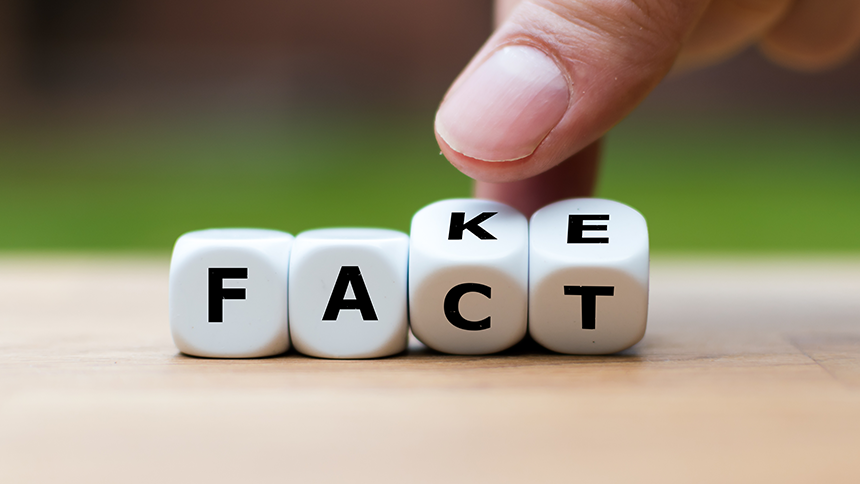Questions for ‘Studies test ways to slow the spread of fake news’

The difference between fact and fiction isn’t always obvious in online news and information. Careful fact-checking can help you find out what’s real and what’s not.
Fokusiert/iStock/Getty Images Plus